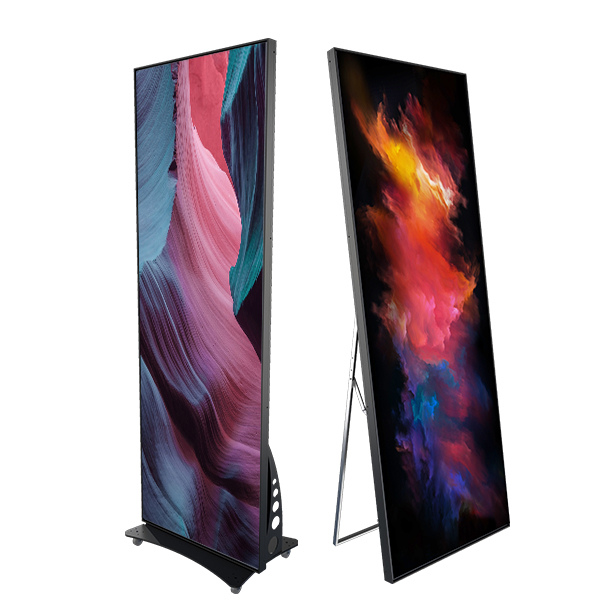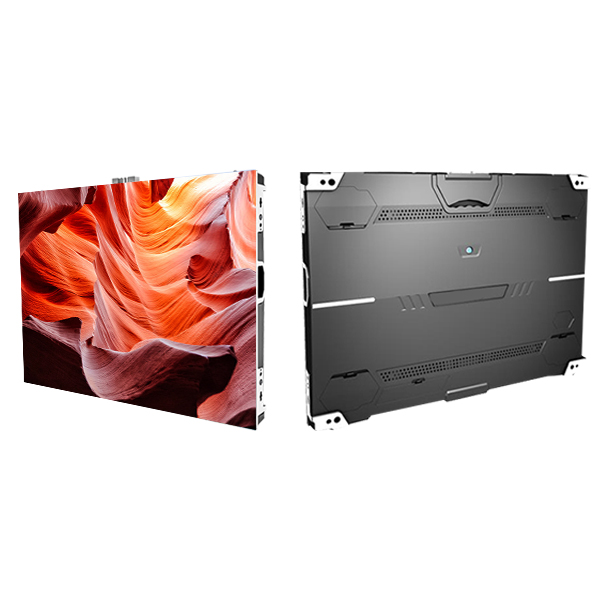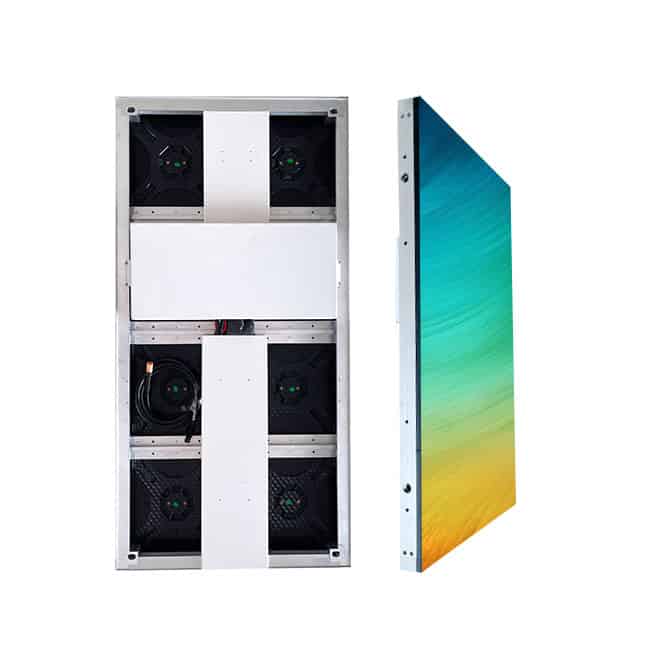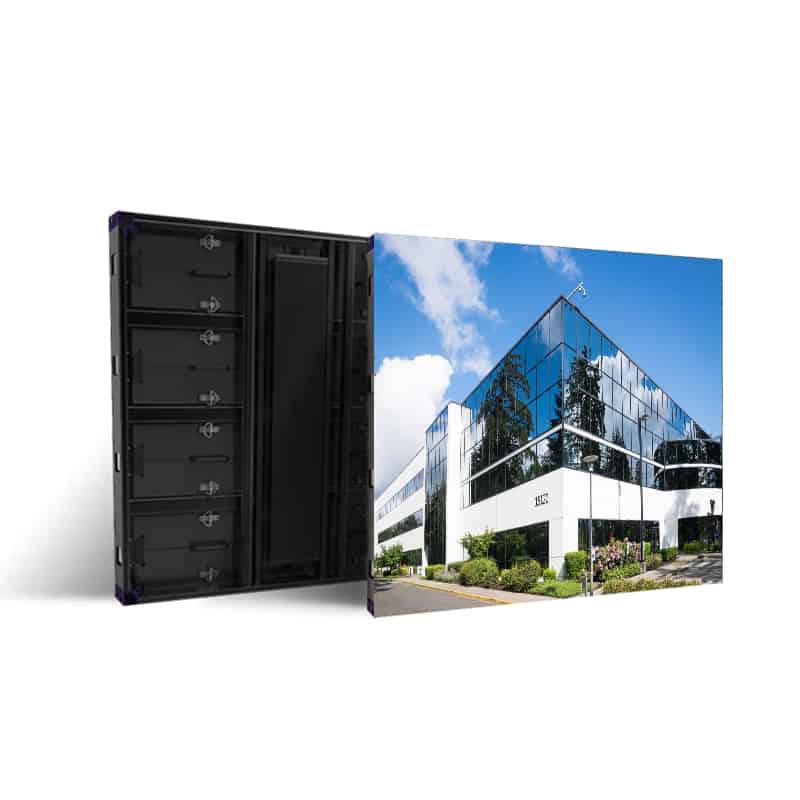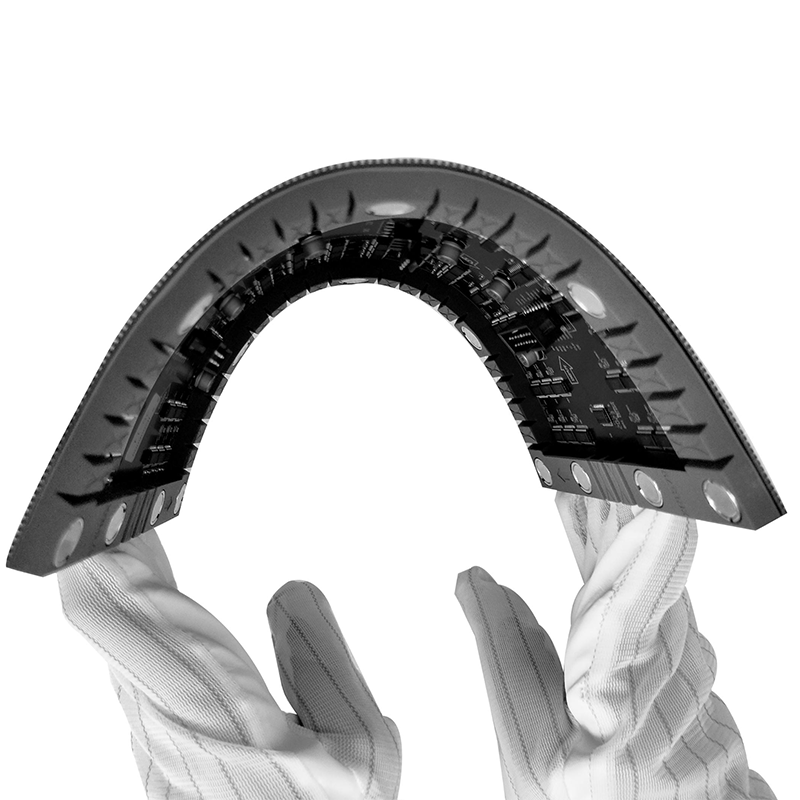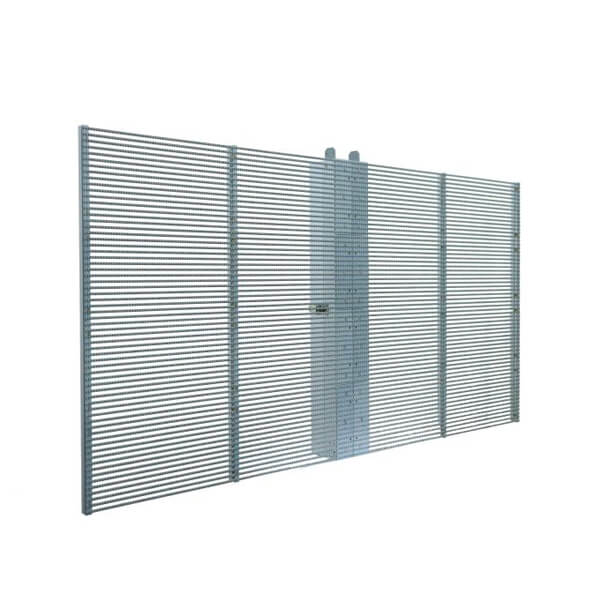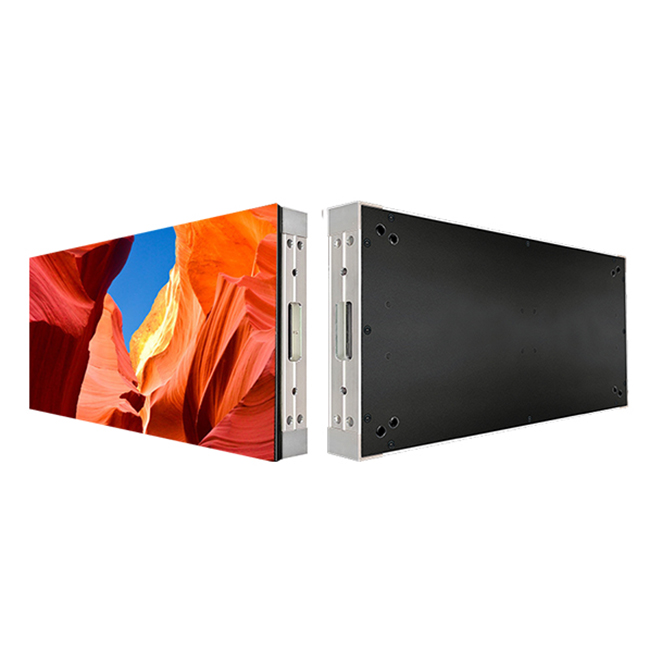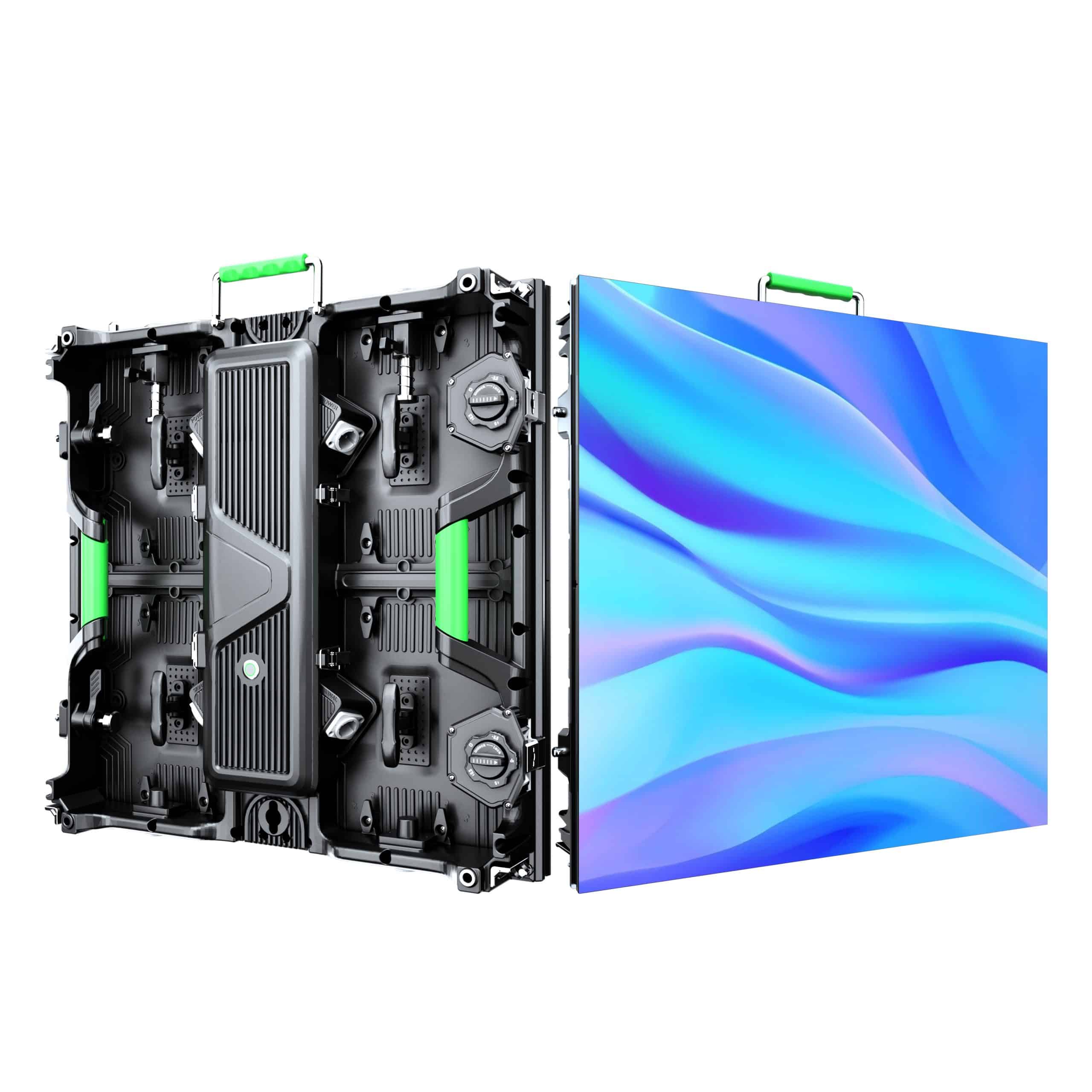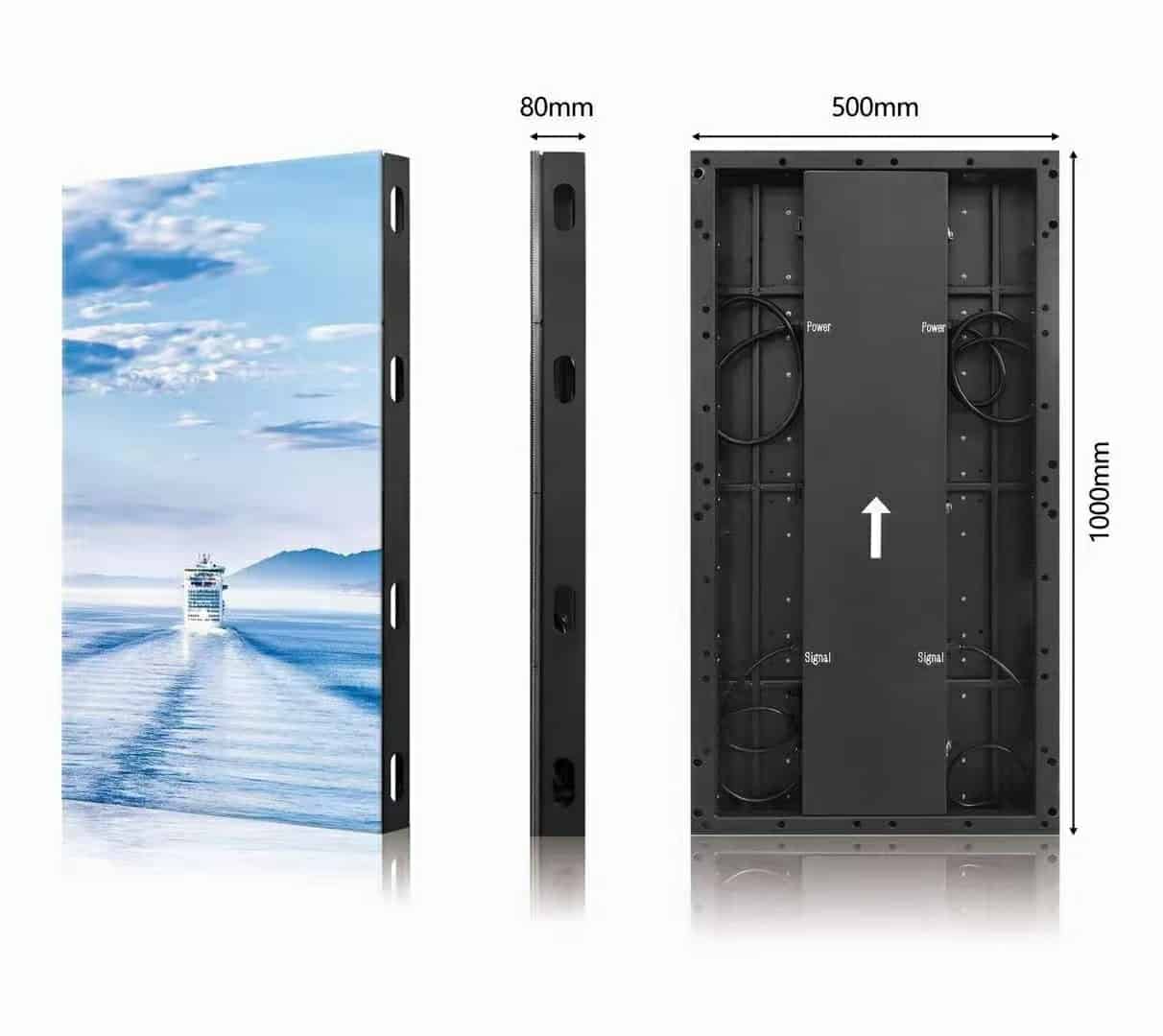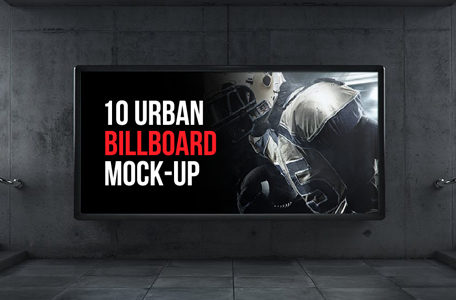What are the pros and cons of installing rgb led display?

Rgb led display is a new type of display cabinet with a transparent LED behind the glass. This showcase attracts customers because the product on display stands in stark contrast to the background of the digital content.
We have developed a 70 -95% transparency LED screen. The panel is only 10mm thick, so the LED unit panel is easy to install directly behind the glass to give the impression that the screen and glass are one surface.
What should be the size of rgb led display?
The size of the block is easy to adjust according to the size of the glass, and this will practically not affect the penetration of light into the room and the transparency of the glass wall. With these advantages in mind, ultra-transparent LED display is a suitable tool for architectural media.
This design visually reduces the structural blocks of the structure and at the same time significantly increases the transparency of the glass wall. When viewers look at the ultra-transparent LED screen from the correct angle, a special effect appears.
The image quality on led display screen
The images seem to move smoothly along the glass wall. If you are displaying a commercial on an ultra-transparent LED screen, you can get rid of unnecessary lighting by changing the background color to dark.
It will not stand out when using the rgb led display, but, on the contrary, as if it disappears, leaving only the necessary content on the screen. This method of displaying content significantly reduces light pollution and reduces energy consumption by 30% compared to conventional LED screens.
Advantages of rgb led display
- Full visibility in daylight and preservation of glass transparency;
- Viewing content not only outside, but also indoors;
- Easy installation on the inside of the glass;
- Moreover, Displaying video in real time directly on the glass;
- No need to obtain permits from local authorities;
- In addition, Easy to install and replace LEDs;
- No size restrictions;
- Ability to connect to PCs, servers and other sources;
- Similarly, Compatible with mp4, 3D, 2D, HD video.
How to setup an led screen?
To create an rgb led display, not only LEDs we need. This device consists of many elements, each of which we will look at in this article.
LED Modules
We also call them LED clusters. Each such cluster includes one or more groups of LEDs. The LED group circuit can be either integrated or remote.
Video card
We also call it a graphics controller. Thanks to this element of the media facade, graphic information is transmitted to the display. Furthermore, the video card can be both online and offline. The online version allows you to control the media facade using a PC from anywhere in the world.
This is convenient for those who do not always have the opportunity to be near the screen at the time of changing the materials shown to them. In order for the online video card to work, it must connect to a LAN network. And this requires preliminary work and additional expenses.
Can we use offline graphic card in rgb led display?
Offline graphics card reads information from the built-in SD-card or external media in rgb led display. This version of the controller is independent of the PC, however, it is impossible to update the information on the screen without access to the media. And, of course, you cannot work with such a system remotely.
What does the media facade consist of?
Wired communication channels

Information is transferred from the video card to the decoder using wired communication channels of the IC or DMX512 protocol. The first is convenient because it does not require additional configuration. Decoder integration and signal regeneration takes place in the LED driver, which is a chip.
There is only one inconvenience when using this protocol – if one LED fails; there is a high risk that the other LEDs will also stop working. When connected via DMX512 protocol, the LEDs connect to the bus in parallel. This avoids the failure of several LEDs at the same time.
Smart IC Master
This element of the media facade we can call a printed circuit board with an RJ45 connector. Furthermore, It converts the signal from one format to another so that the decor can receive it. The bandwidth of Smart IC Master exceeds 2.0 MHz.
Similarly, it can connect more than 1024 pixels with a frequency of more than 30 frames / s to one decoder port. To power this element, a network with a voltage of 12 V is sufficient in rgb led display. The advantage of Smart IC Master is the absence of the need for additional adjustment.
Smart IC decoder in rgb led display
Another printed circuit board or microcircuit that is easy to use to connect equipment to the power supply network, as well as to connect the portal using RS422. Thanks to Smart IC, each element of the media facade receives a charge of the current, the strength it needs.
The equipment connects through the gaps, on which a thin layer of metal is applied. CLK and DATA lines we can connect through these gaps.
Remote control model
To customize the display of images, upload and edit new ones, it is not necessary to interact directly with the media facade. The rgb led display allows you to manage processes remotely. It receives signals over a LAN network and acts as a TCP server.
The module is developed on the basis of the 32-core STM32F207 microcontroller. It perceives signals from each device and transmits them to the CAN-conductor.
Operator control panel in rgb led display
This element is necessary for direct work with information shown on the media facade. Touch devices are popular. The size of the operator panel and its resolution can be very different. A mandatory requirement for each panel is the availability of software. The interaction of the operator panel with the controller takes place via a LAN network.
Power supplies
Media facades have multiple power supplies. They distribute evenly across the entire platform of the device. In most cases, AC / DC converters are easy to use to change the voltage from 380/220 V to 36/48 V. Their power can exceed 450 watts.
Moreover, it is advantageous to use 36/48 V voltage, because in this case energy losses are minimized. To prevent accidents, the power supplies come with 100% galvanic isolation.
Electronic cabinet
The media facade system has complications, therefore, to simplify its maintenance, an electronic cabinet is good to use. If the LED screen comes outdoors, the cabinet comes with a heating system. In its absence, there is a high risk of freezing of individual components of the system.
Advantages and disadvantages of media facades
The popularity of media facades is growing. They install not only in large cities, but also in small towns. Buyers have already noted the advantages of rgb led display, but many of the positive qualities are still known only to a select few. In this article, we will tell you what are the advantages of media facades, and what their disadvantages come by the owners.
Benefits
Various technical characteristics, dimensions and technologies used
In the manufacture of media facades, different methods are easy to use, due to which models that differ from each other appear on the market. External screens can have different configurations and shapes. The developers have already brought to the market displays in the form of balls, pyramids and cubes. They use flexible media facades.
Different degrees of transparency in rgb led display
If it is important for you to preserve the transparency of light in the part of the building to which the screen will be mounted, choose the transparent option. It is ideal for office buildings, shop windows and hotels. If the presence of sunlight does not matter, it does not matter whether the facade of the building will cover the display or not, install an opaque model.
Screens can be light or heavy
You can choose the weight of the rgb led display based on its location. For mounting on a wall or glass, it is better to take a lightweight version. But for installation on a concrete pedestal or floor, a heavier display is also suitable.
Installation availability on different objects
Media facades are easy to place on concrete, brick and even wooden structures. If the screen needs to fix away from the wall, metal trusses are easy to use. Lightweight media facades are suitable for ceiling mounting, while heavier ones are easy to fix on a special cabinet or floor. Often, screens come on roofs, as well as on special support come along roads.
Availability of protection
To keep the media facade in working order as long as possible, it is equipped with special protection. Street options come with devices to avoid a lightning strike. For screens located at the level of human height, anti-vandal protection is made. In regions where the sun shines brightly for most of the year, LED display manufacturers make an anti-reflective coating.
Ability to transfer any multimedia format
With the help of the media facade, you can broadcast not only images, but also music, video and text data in rgb led display.
Advantages and disadvantages of rgb led display media facades
Disadvantages
Resolution restrictions
The minimum pixel pitch is 15 mm. Custom-made screens boast 10 and even 4 mm pixel pitch. However, such models show an unclear picture of poor quality. Therefore, experts, even in order to save money, do not advise reducing the pixel pitch to the minimum limits.
High price
A quality media façade cannot cost as much as a standard-sized billboard. If you do not plan on spending serious money, give preference to a regular LED screen.
Low brightness
Rgb led display cannot be unequivocally classified as a disadvantage, because for some buyers it is an advantage of a media facade. However, some screen owners complain about the lack of brightness at night when displaying ads.


